Resources
Two alternative paradigms for undergraduate education are compared; one holds teaching as its purpose, the other learning. The natures of the two paradigms are examined on the following dimensions: mission and purposes, criteria for success, teaching and learning structures, underlying learning theory, concepts of productivity and methods of funding, and faculty and staff roles in instruction and governance.
The challenge is to reconcile the recommendations of the experts for involved learning with the reality of passivity that plagues large classes.
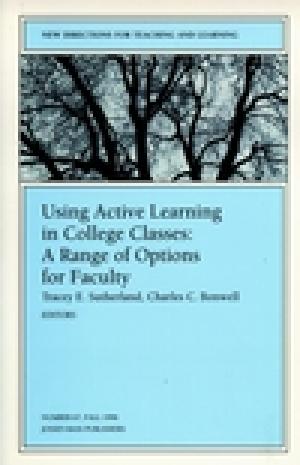
In this volume the authors take a second look at the use of active learning in higher education. The chapters describe the concept of the active learning continuum and tie various practical examples of active learning to that concept. They illustrate how important it is to consider context in the design of active learning to get maximum benefit. This is the 67th issue of the journal New Directions for Teaching and Learning. (From the Publisher)
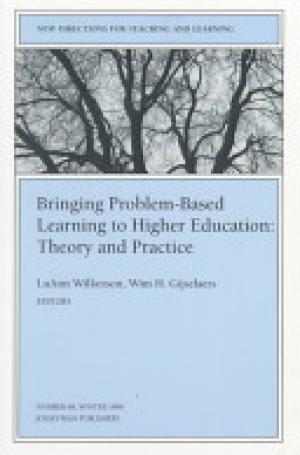
Problem-based learning has become a widespread teaching methodology in disciplines where students must learn to apply knowledge, not just acquire it. This volume describes the basics of the method, along with the variables that affect its success. The chapters provide examples of its application in a wide range of disciplines, including medicine, business, education, engineering, mathematics, and the sciences. The authors make a persuasive argument that professional fields as well as academic fields would find much to recommend PBL as a standard teaching method. This is the 68th issue of New Directions for Teaching and Learning. (From the Publisher)
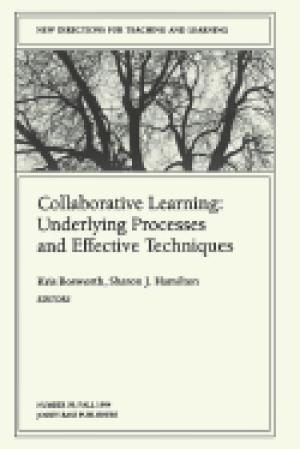
The demographic makeup of the student population in higher education has changed in dramatic ways over the past decade. These changes have motivated questions about what constitutes knowledge and about how we learn and understand new concepts, processes, and skills. Working from the premise that knowledge is not a quantifiable mass of information to be transmitted but rather a socially constituted process of making meaning within constantly changing and interacting contexts, the authors of this volume seek to define and extend current understanding of collaborative learning in higher education. Each chapter blends theory and practice as it explores a particular aspect of the processes underlying collaborative learning. Case studies from three universities demonstrate collaborative learning in action, its potential and its challenges. This volume uses information about current developments in collaborative learning across the country to extend our understanding of its possibilities and offer guidance to faculty who wish to establish effective collaborative learning classrooms. This is the 59th issue of the quarterly journal New Directions for Teaching and Learning. For more information on the series, please see the Journals and Periodicals page. (From the Publisher)
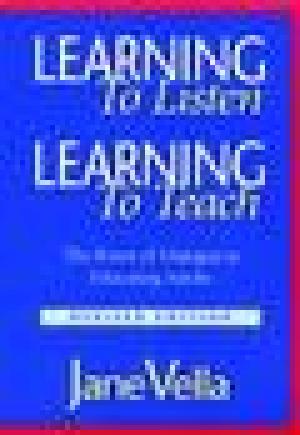
In this updated version of her landmark book Learning to Listen, Learning to Teach, celebrated adult educator Jane Vella revisits her twelve principles of dialogue education with a new theoretical perspective gleaned from the discipline of quantum physics. Vella sees the path to learning as a holistic, integrated, spiritual, and energetic process. She uses engaging, personal stories of her work in a variety of adult learning settings, in different countries and with different educational purposes, to show readers how to utilize the twelve principles in their own practice with any type of adult learner, anywhere. New material includes: the latest research on learning tasks; updated ways to do needs assessment; and new insights from the field of quantum physics applied to adult teaching and learning. (From the Publisher)
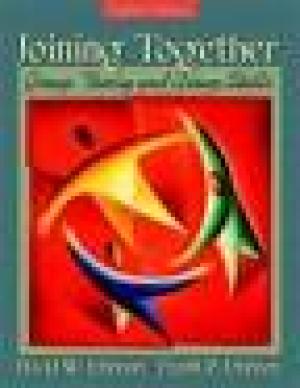
This best-selling book is a broad integrative overview of group dynamics. It introduces readers to the theory and research findings needed to understand how to make groups effective and to the skills required to apply that knowledge in practical situations. Joining Together illustrates how this knowledge and mastery of skills creates choices, opportunities, and successes for each individual. No other book offers the scope of coverage and the range of experiential exercises of Joining Together. Bridges the gap between theory and practice by combining theoretical and empirical knowledge with practical ways to apply it to the groups in which readers belong. For anyone interested in group dynamics in business, psychology, and social work. (From the Publisher)

Peter Elbow's widely acclaimed and original theories on the writing process, set forth in Writing Without Teachers and Writing With Power, have earned him a reputation as a leading educational innovator. Now Elbow has drawn together twelve of his essays on the nature of learning and teaching to suggest a comprehensive philosophy of education. At once theoretical and down-to-earth, this collection will appeal not only to teachers, adminitrators and students, but to anyone with a love of learning. Elbow explores the "contraries" in the educational process, in particular his theory that clear thinking can be enhanced by inviting indecision, incoherence, and paradoxical thinking. The essays, written over a period of twenty-five years, are engaged in a single enterprise: to arrive at insights or conclusions about learning and teaching while still doing justice to the "rich messiness" of intellectual inquiry. Drawing his conclusions from his own perplexities as a student and as a teacher, Elbow discusses the value of interdisciplinary teaching, his theory of "cooking" (an interaction of conflicting ideas), the authority relationship in teaching and the value of specifying learning objectives. A full section is devoted to evaluation and feedback, both of students and faculty. Finally, Elbow focuses on the need to move beyond the skepticism of critical thinking to what he calls "methodological belief" -- an ability to embrace more than one point of view. (From the Publisher)
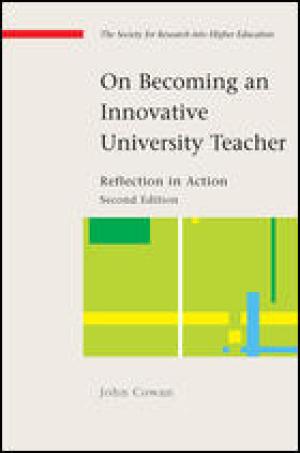
This unusual book begins each chapter by posing a question with which college and university teachers can be expected to identify; and then goes on to answer the question by presenting a series of examples; finally, each chapter closes with 'second thoughts', presenting a viewpoint somewhat distinct from that taken by John Cowan. This book will assist university teachers to plan and run innovative activities to enable their students to engage in effective reflective learning; it will help them adapt other teachers' work for use with their own students; and will give them a rationale for the place of reflective teaching and learning in higher education. (From the Publisher)
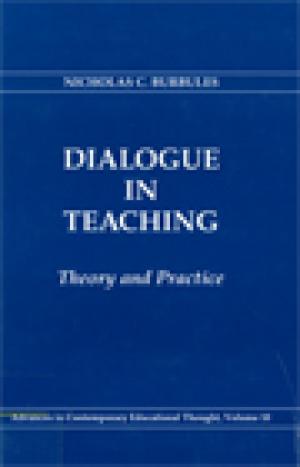
Dialogue in Teaching presents a detailed examination of dialogue as a cluster of related dialogical styles and approaches, not just a single entity. The author offers a critical and conceptual study of the nature of dialogue and a discussion of concrete issues in teaching with dialogue: how it works, why it is beneficial for teaching, how it sometimes fails, and how to improve on it. Organizing his book around the metaphor of playing a game, Burbules speaks to scholars and teachers, in sophisticated yet accessible language, about a topic of great interest to both groups. (From the Publisher)